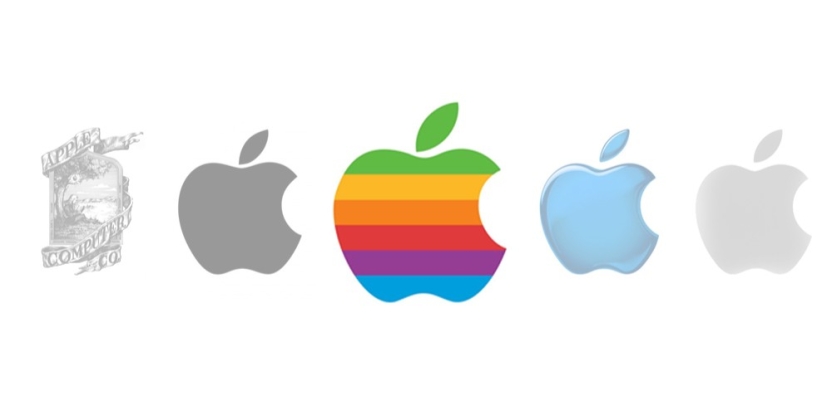In the vast realm of technology and innovation, one company has consistently stood out for its ability to captivate the world with its unique and defiantly iconic approach to branding: Apple.
From its humble beginnings in a Californian garage and after a brace of false starts, Apple would become one of the most valuable and recognisable companies in the world.
The tech giant's journey has, however, been defined as much by its revolutionary branding strategies as for its innovative products. Indeed, it could be argued that Apple has forever transformed the landscape of design and marketing.
To pay homage to this most savvy of brand, today I’ll be diving into the history of Apple's branding to explore how they revolutionised the world of brand design time and time again.
The Early Days
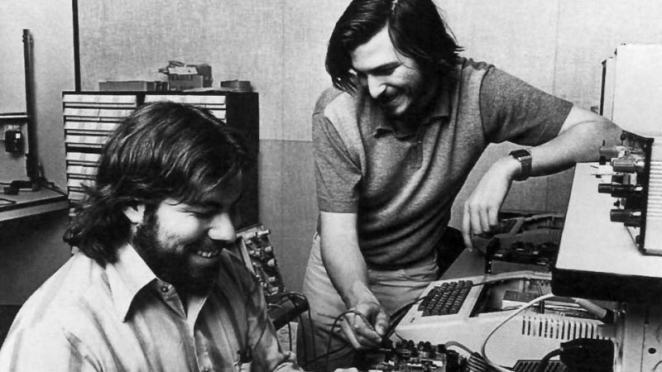
Founded by Steve Jobs, Steve Wozniak, and Ronald Wayne in 1976, Apple initially positioned itself as a challenger in the then fledgeling personal computer market. However, it was the release of the Macintosh in 1984 that laid the foundation for Apple's groundbreaking branding approach. The iconic "1984" television commercial, directed by Ridley Scott, positioned Apple as a rebel, challenging the status quo and introducing a bold, distinctive identity that was as cinematic as it was pragmatic.
Think Different Campaign
In the late 1990s, Apple was on the verge of bankruptcy. To turn things around, Jobs initiated the "Think Different" campaign in 1997. This campaign was a game-changer for Apple's branding strategy. It celebrated the rebels, the misfits, and the dreamers who dared to think differently and change the world. By aligning the Apple brand with individuals like Albert Einstein, Martin Luther King Jr., and John Lennon, Apple showcased its commitment to innovation and creativity.
The Birth of Simplicity
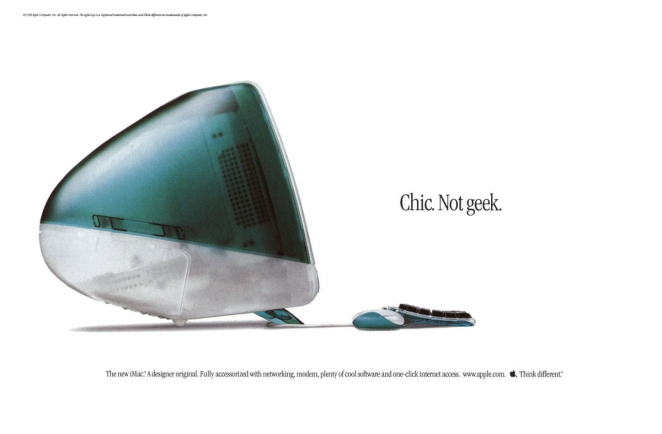
With the launch of the iMac in 1998, Apple introduced a new era of simplicity in design. The iMac's colourful and translucent aesthetics, coupled with its ease of use, caught the attention of consumers worldwide. Apple shifted its focus from complex technical specifications to user experience, making technology more accessible and intuitive. This emphasis on simplicity became a hallmark of Apple's branding and would resonate through its subsequent product releases.
The iPod and iTunes
In 2001, Apple revolutionized the music industry with the introduction of the iPod. The iPod's sleek design, combined with the user-friendly iTunes software, transformed the way people consumed music. Apple successfully integrated hardware and software, creating a seamless ecosystem that set them apart from competitors. The white earbuds became an instantly recognizable symbol of the Apple brand and further solidified their position as a leader in design and innovation.
The iPhone and Beyond
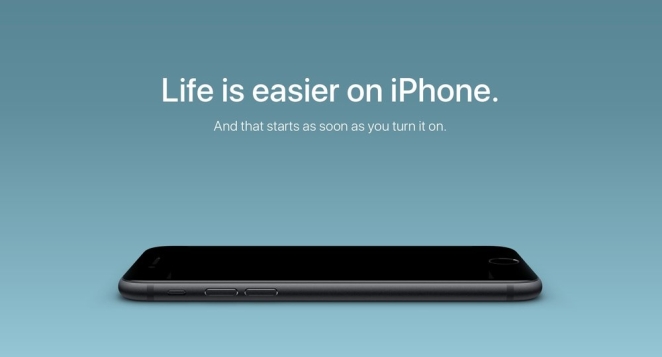
In 2007, Apple unveiled the iPhone, a device that forever changed the smartphone landscape. The iPhone's revolutionary touchscreen interface and minimalist design set a new standard for mobile devices. Apple's branding strategy remained consistent, focusing on user experience, simplicity, and elegance. Subsequent product releases, such as the iPad, MacBook, and Apple Watch, further solidified Apple's reputation as a design-driven company.
The Apple Store Experience
Apple took their branding beyond products and into retail with the opening of the first Apple Store in 2001. The stores were designed to be immersive experiences, featuring sleek design, minimalist aesthetics, and a focus on customer engagement. By providing a unique environment where customers could interact with products and receive personalized assistance, Apple created a cult-like following and elevated the retail experience.
Legacy and Influence
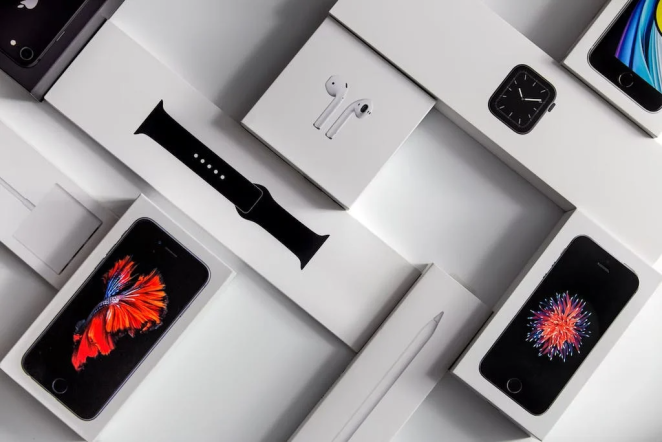
Apple's branding strategies have not only elevated the company but have also had a profound impact on the world of design and marketing. The emphasis on simplicity, user experience, and innovation has become a benchmark for brands across industries. Apple's success story serves as a reminder that powerful branding can transcend products and inspire a cultural shift.
That Logo
No discussion on Apple's branding would be complete without mentioning its iconic logo. The Apple logo, a simple bitten apple, has become one of the most recognized symbols in the world. Designed by Rob Janoff in 1977, the logo has undergone subtle changes over the years but has maintained its essence and instant recognition.
The logo holds a multitude of meanings that align with Apple's brand identity. The apple itself represents knowledge, harkening back to the story of Adam and Eve. It symbolizes Apple's desire to empower users with technology, enabling them to explore, learn, and create. The bite taken out of the apple adds a touch of playfulness and intrigue, inviting users to take a bite of the Apple experience.
The logo's minimalist design perfectly embodies Apple's commitment to simplicity and elegance. Its clean lines and sleek silhouette reflect the company's emphasis on cutting-edge design and innovation. It is a testament to the power of simplicity in creating a lasting visual identity that transcends time and trends.

Over the years, the logo has seamlessly adapted to various mediums, from product branding to advertising campaigns. It has graced the back of MacBooks, iPhones, and iPads, becoming an instantly recognizable symbol of quality and craftsmanship.
In recent years, Apple has also introduced a monochromatic version of the logo, simplifying it even further. This minimalist approach aligns with the brand's evolution toward a more streamlined aesthetic and reinforces its focus on user-centric design.
The Apple logo serves as a powerful reminder that effective branding goes beyond words and shapes; it conveys a company's values, personality, and aspirations. Apple's logo embodies their commitment to innovation, user experience, and timeless design, solidifying their position as a trailblazer in the world of branding.
Learning to Think Different
From its rebellious beginnings to its current status as a global tech giant, Apple's branding journey has been characterized by a relentless pursuit of innovation and a commitment to design excellence.
By daring to think differently and challenging conventions, Apple revolutionized the way brands approach design and marketing. Their commitment to simplicity, innovation, and user experience has shaped the industry, leaving an indelible mark on the world of brand design that will continue to influence generations to come.
